One has to wonder about 4WD manufacturers.
They design vehicles tough enough to conquer the offroad, accepting the penalties this imposes on their designs but undo their efforts with some glaring oversights.
Competent offroad rigs need strong carcasses and components like the front differential and gears making them costly to buy and operate, while front axle drive affects maneuverability and larger dimensions impact parking and garaging.
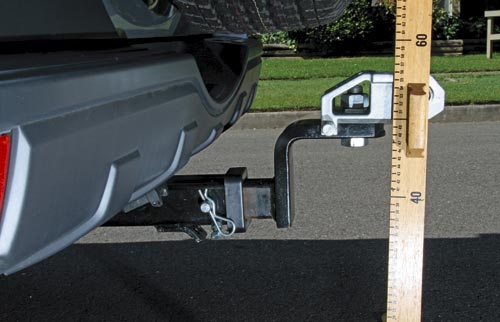


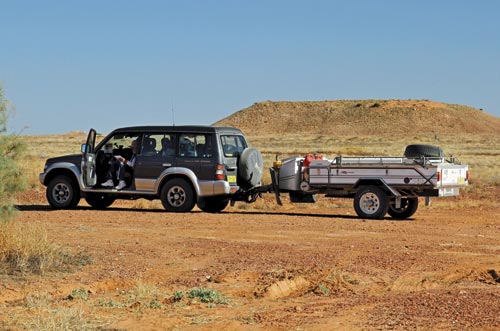
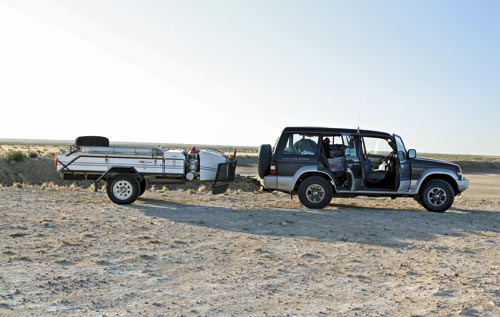
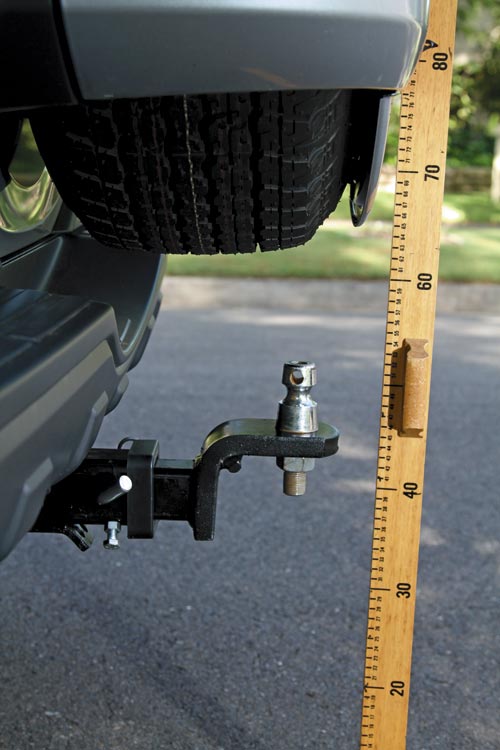
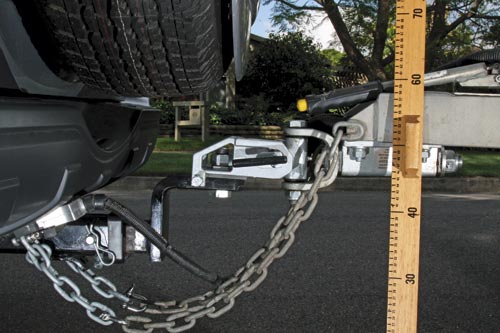
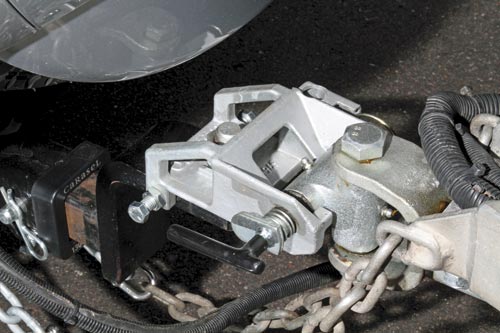
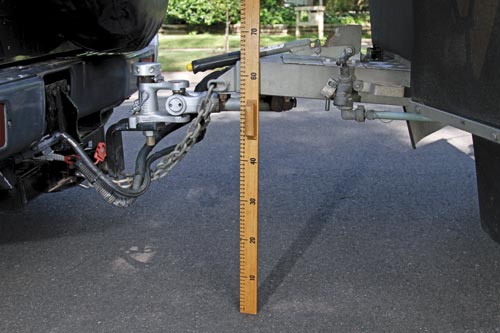

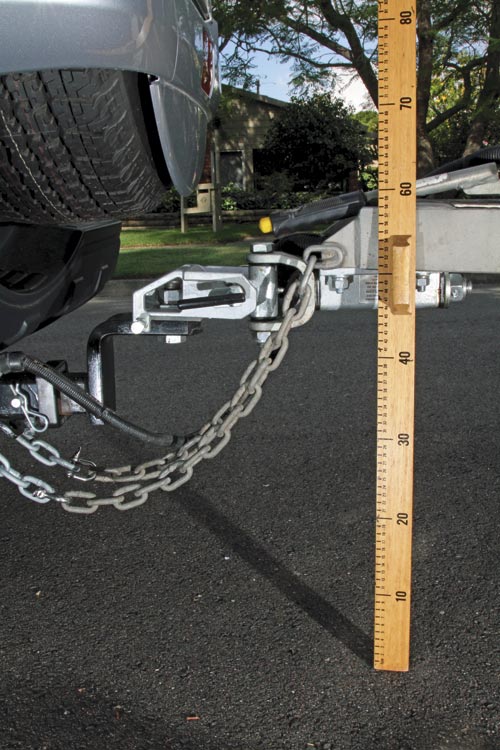
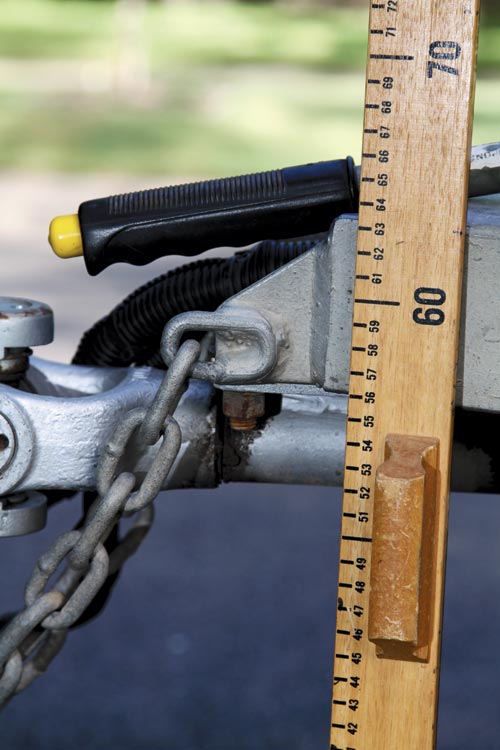
Despite these efforts, manufacturers will fit radiator tanks with plastic bottoms, leave vital underbody components exposed and use low-profile tyres on 17 or 18in rims, limiting the range and availability of suitable offroad rubber. Some vehicles can tow 3000kg or more but are fitted with rear doors and attachments rendering them seemingly incapable of towing anything, much to the chagrin of camper
trailer owners.
When you buy a tow vehicle, you’ll probably scrutinise its many features, read reviews, consider other vehicle owners’ recommendations and weigh up the salesmen’s offers on trade-ins and price. And after proudly driving your new set of wheels you may find your camper — which for years sat balanced and towed nicely behind your old car — has a nasty nose-down attitude that’s hard to fix because the spare tyre on the rear door prevents you from raising the hitch point.
Towing a trailer with a nose-down attitude is not good. Aside from reducing departure angles and ramp-over angles, it causes the trailer to pitch weight on the hitch every time you roll over a bump, lifting the centre of the trailer. This stresses tow vehicle’s rear suspension and adversely affects the ride.
Some brands and models are worse than others, but anything with a swinging rear ‘barn’ door is likely to cause headaches.
OPTIONS, OPTIONS
Aftermarket rear bumpers with swinging spare wheel carrier(s) resolve the issue if you’re keen, but this costly and heavy fix slows access to your fourbie’s rear, impacting your daily drive. Hardcore offroaders might also opt to lift the body and suspension but usually for a cost many casual holiday makers would struggle to justify.
The Mitsubishi Pajero provides a unique challenge as it’s designed with the spare wheel mounted low in the centre of the rear door to improve rear window vision. Mitsubishi offers a spare wheel lift bracket so the bottom of the spare is flush with the door, but even then the spare still limits hitching and unhitching — particularly if you have items stored on the drawbar or an offroad trailer, because the door is low for easier loading.
A long tongue for the towbar will project the hitch receiver beyond the spare wheel, but imposes greater leverage on the towbar, straining its mounting points on the sub-frame: double the length of the lever (the distance from the mounting bolts of the towbar to the hitch centerline) and you double the load on the mounting points.
You can purchase towing tongues in many heights, and even have them made to custom dimensions, so changing the coupling height is easy, if you have the room. The issue in the end comes down to the hitch. There is a very wide range of excellent offroad hitches made for camper trailers these days. Almost all of them perform well, so choice comes down to individual preference.
DAVID’S DILEMMA
I recently changed hitches when I purchased my new Pajero. The trailer was equipped with a McHitch Uniglide trailer coupling, an excellent design which performed flawlessly and was easy to connect and disconnect. Unfortunately, the top of the hitch (155mm high) sat on top of a 65mm pin on the vehicle’s towbar tongue. The combined 220mm coupling height under the spare wheel meant that the vehicle’s tongue sat low, causing the trailer to point its nose down at my new set of wheels. Top loading polyblock-type hitches posed similar problems.
I resolved the issue with an offset tongue and Ozhitch coupling. The Ozhitch designer and manufacturer Norm Hudson reckons he hears this story five times a day.
“It was one of many reasons why I designed the Ozhitch,” said Norm.
The Ozhitch requires only 100mm above
the top of the tongue to couple, and with its side-fitting connecting pin, self-aligning cradle, nine-tonne tested capacity and lifetime guarantee it is an easy answer to reduced space for the hitch in some 4WDs.
When combined with the spare wheel lift bracket and raised towbar tongue and Ozhitch coupling, my camper’s drawbar sat just 55mm lower than my previous tow vehicle set-up, without adjusting the suspension or vehicle set-up. I plan to fit the Pajero with rear airbags, reducing the suspension compression from 25mm to hopefully less than 10mm, keeping package within acceptable limits.
Many of these problems are easily rectified: finding the right hitch for your trailer and tow vehicle combo is just a matter of research.
Originally published in Camper Trailer Australia #65, May / June 2013.




